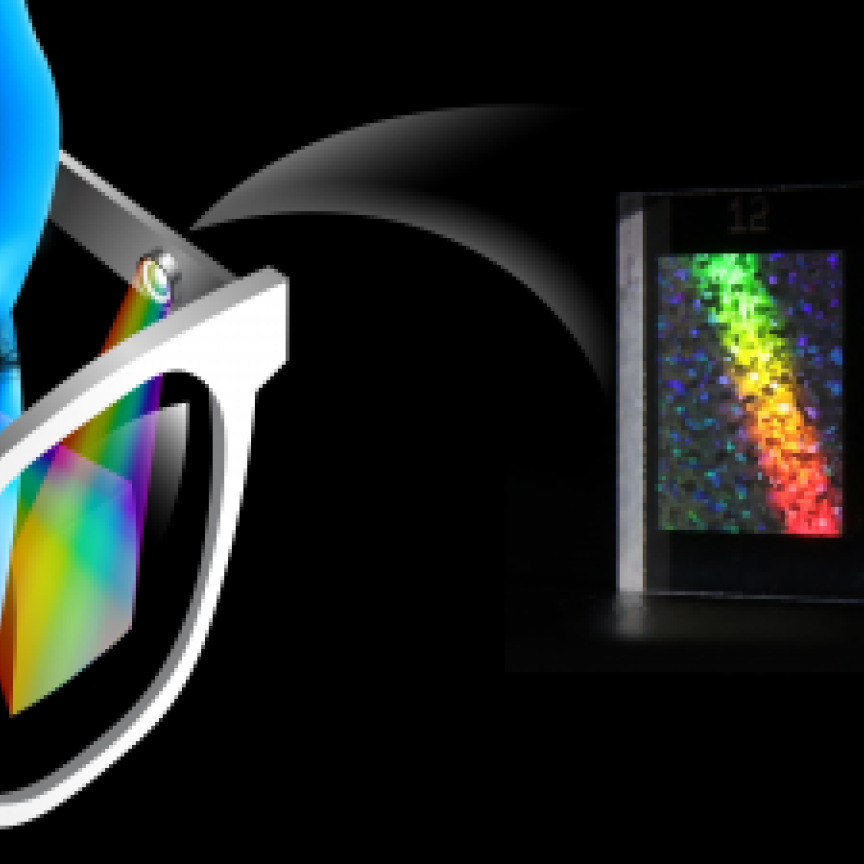Holoxica, a holographic 3D visualisation company, has secured €1.28 million from the European Commission to build a holographic video display for use in CT, MRI and ultrasound volumetric scanning.
Holoxica’s R&D has revealed that holographic video display technology is capable of producing large, bright images that effectively ‘float’ in mid-air without the need for 3D glasses.
‘In recent years, there has certainly been improvements in the clarity and detail of datasets produced by ultrasound, CT, PET and MRI scanners, but while these machines generate 3D volumetric imagery as a series of 2D ‘slices’ scanned through the body using radiation, we can present the scans as wholly 3D images via holographic volume displays,’ Dr Javid Khan, founder and CEO of Holoxica, explained.
‘The display essentially performs the inverse operation and converts radiation into a photonic representation, showing the 2D ‘slices’ as a series of ‘light sheets’ suspended in free space.’
These types of systems could be of particular help for medical professionals performing minimally invasive surgery, as they have to rely completely on the screen to see what’s happening.
A holographic imaging system has previously been developed by Royal Philips, the healthcare arm of Philips, and holographic display company, RealView Imaging. The team completed a clinical trial in 2013, whereby doctors were able to view detailed dynamic 3D holographic images of the heart 'floating in free space' during a minimally-invasive structural heart disease procedure.
When built, Holoxica’s holographic video display will be tested in three pilot scenarios for medical teacher/training; diagnostics, review and monitoring of conditions and also for live surgery. Siemens Healthcare is keen to trial the technology, according to Holoxica, once it is ready for clinical use.
Further information:

